Introducing Theia
Theia Consists of Two Hardware Components:
-
Radars
The radars observe the positions of nearby tags in their range of detection and position them. A single radar is capable of localizing tags in 3D.
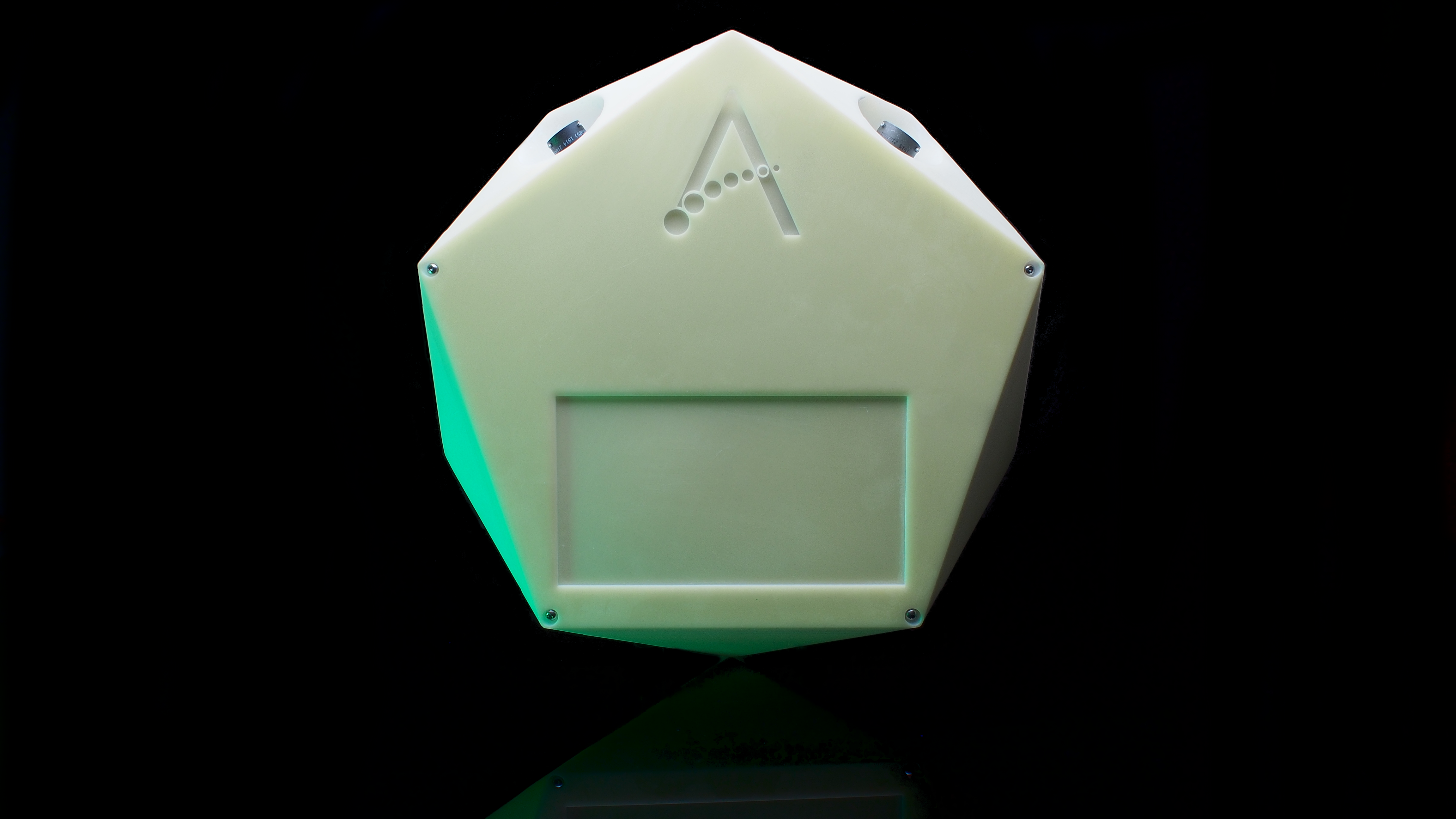
-
Tags
Tags, usually placed on mobile assets or on environmental landmarks, create signatures that are uniquely identifiable and localizable with high precision by the radars.
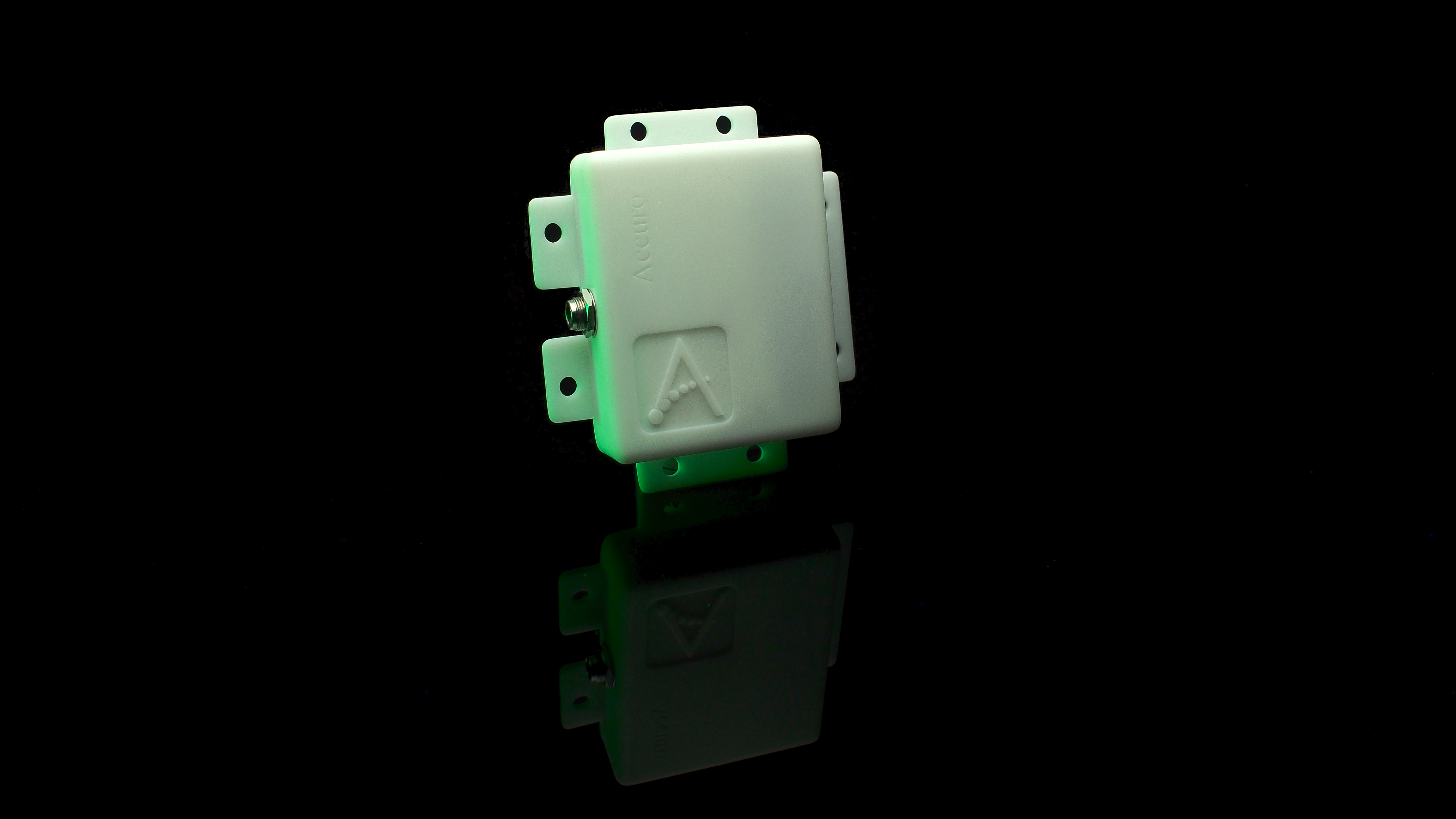
How the Technology Works
-
Step 1:
Scan
First, the radar scans its environment with a high level of angular accuracy in both azimuth and elevation.
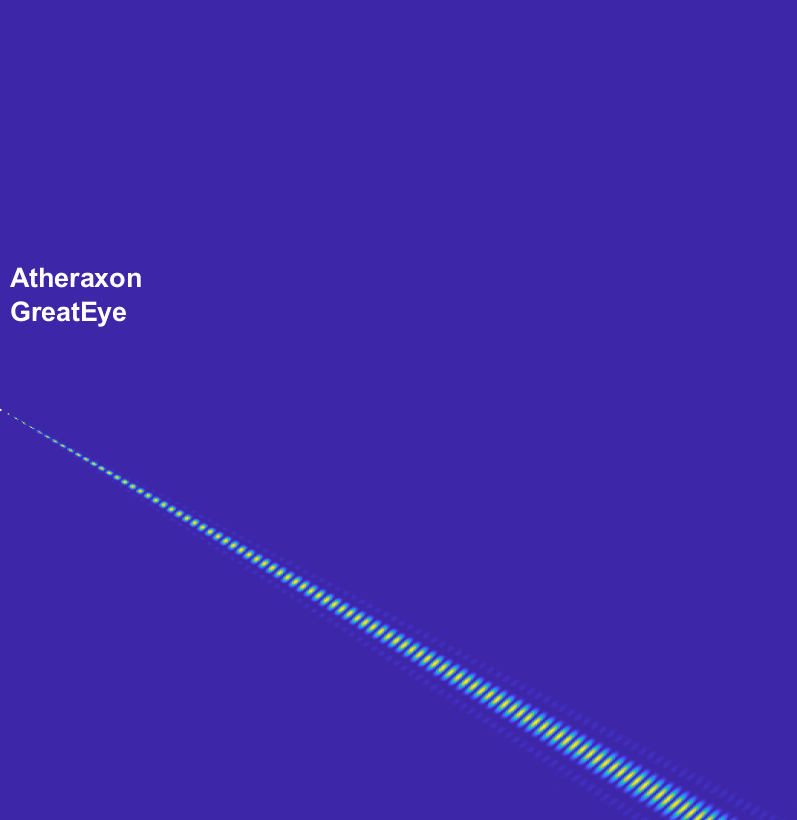
-
Step 2:
Modulate & Reflect
When the radar beam hits a tag, the tag intakes the power of the beam, adds a signature (called modulation) to it, reflects, and focusses it back towards the radar. The radar receives the response of the tag, identifies it, and then knows that a given tag is in this direction. This provides a 2D position—we know azimuth and elevation.
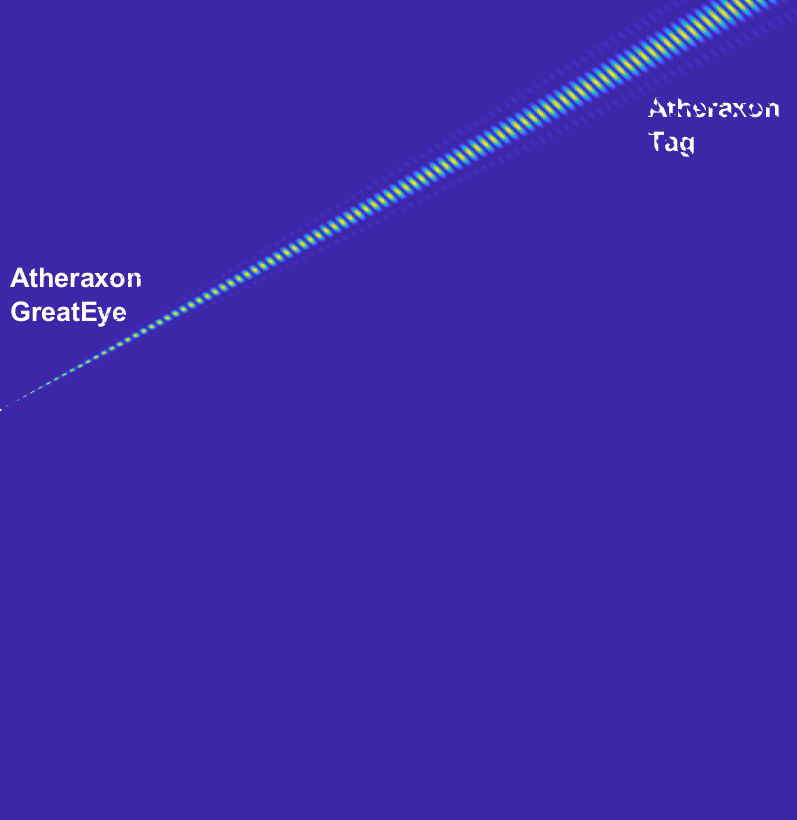
-
Step 3:
Ranging
The radar gradually changes the frequency that it sends towards the tag. By analyzing how the signal received from the tag changes over frequency, the distance to the tag can be determined with cm precision. This provides the final measurement—range—required to determine the 3D position of the tag.
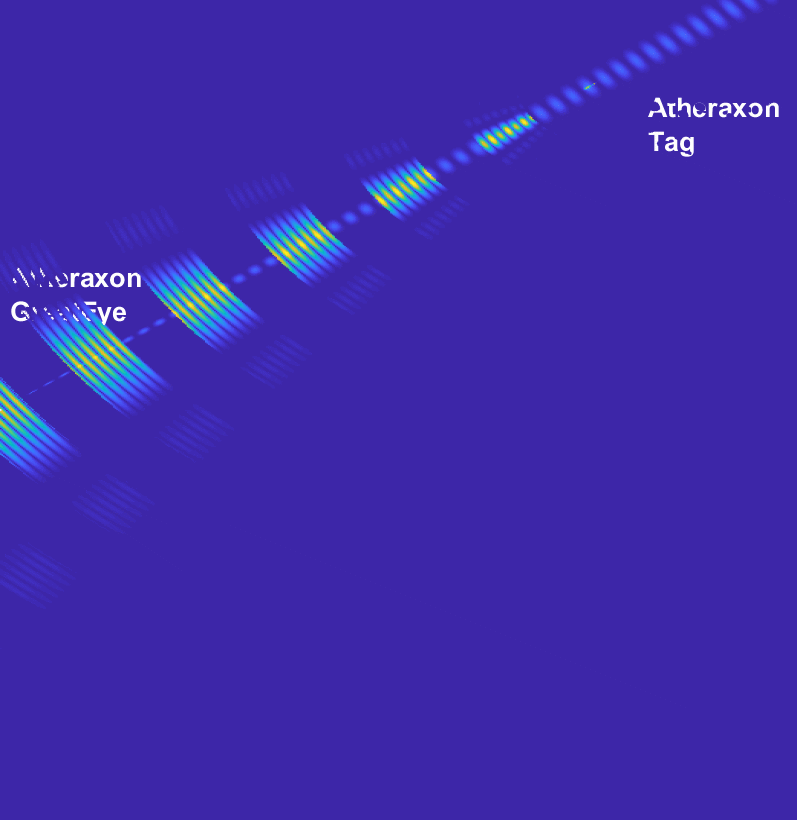
Our Advantage
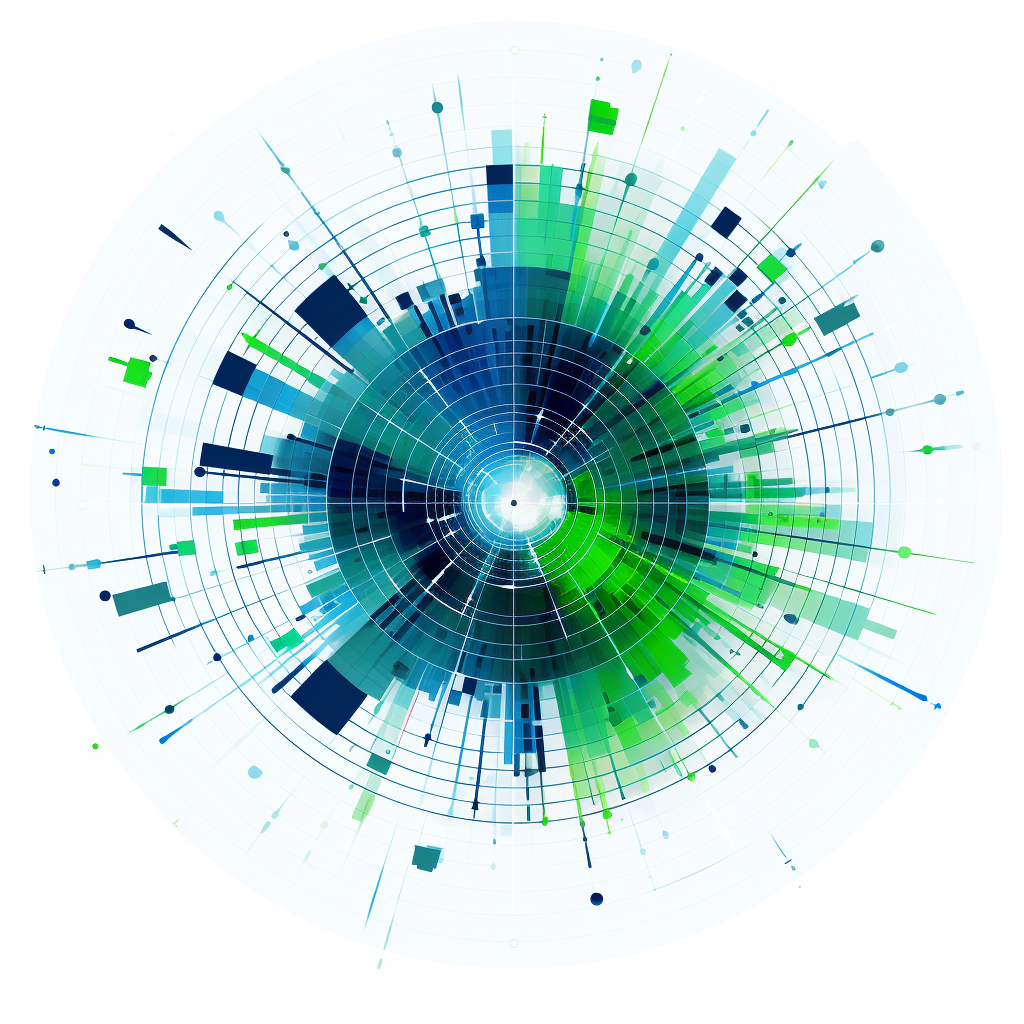
One Radar Is Enough
All that is needed to start localizing trackers is a single radar. Not three or four: there is no triangulation involved.
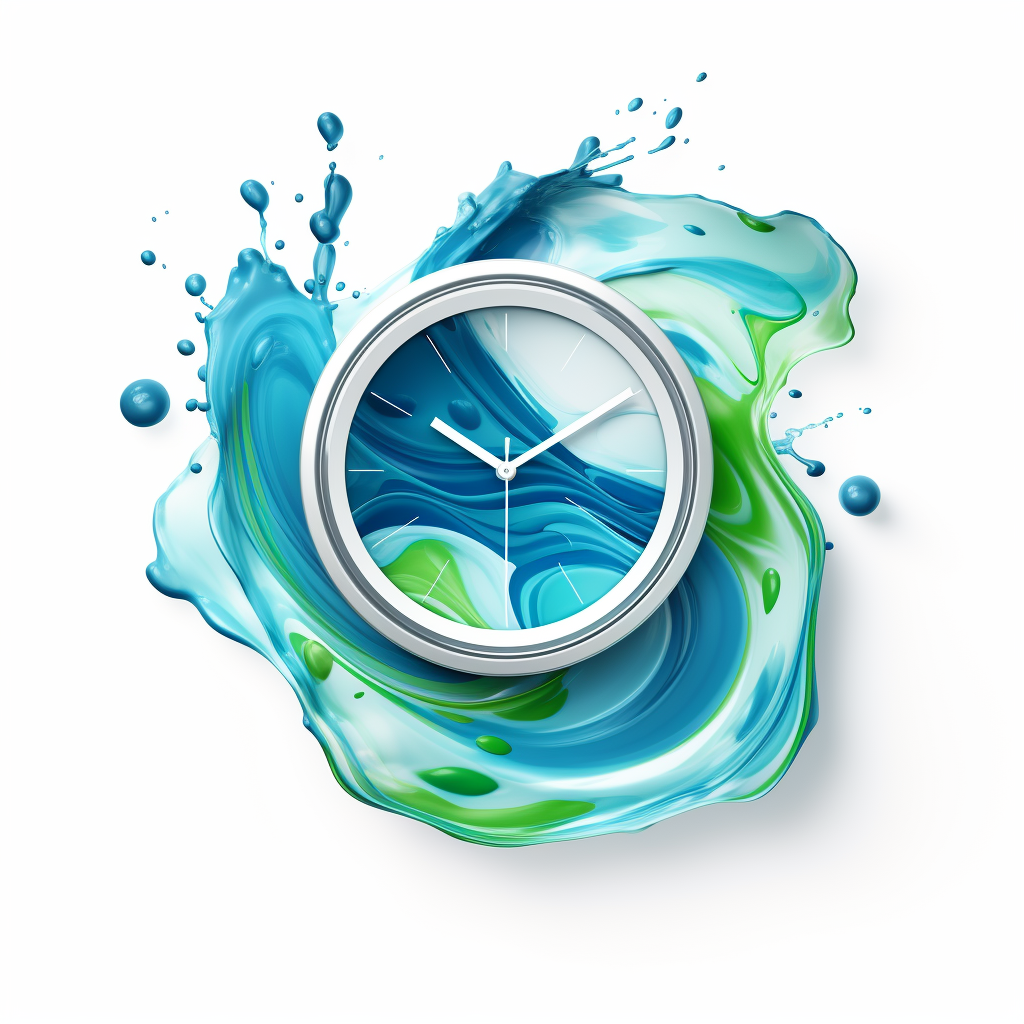
Real Time, for Real
With a tracker's position measurement being outputted every 30 ms, you are sure not to miss a beat.
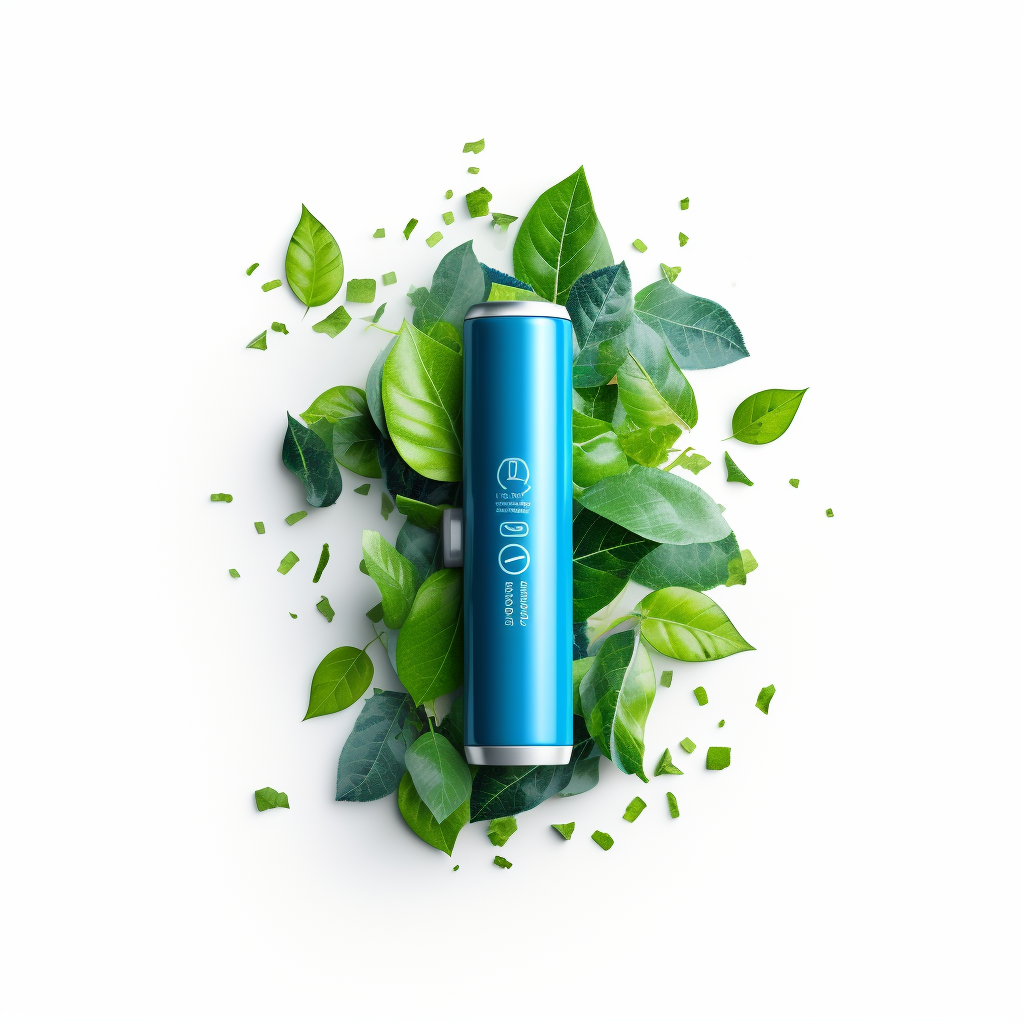
Never Replace a Battery
With maximum instant power consumptions measured in μW, ambient sunlight or batteries can power trackers for more than a decade
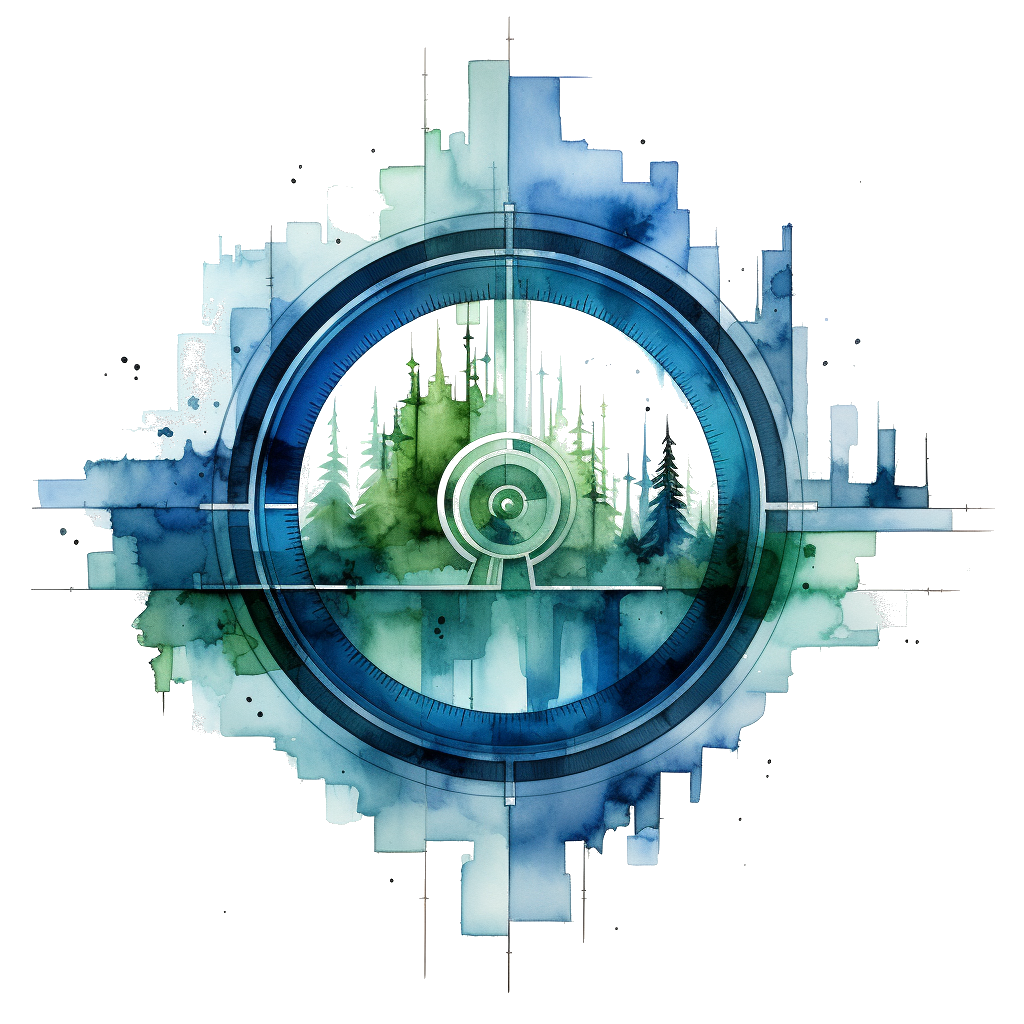
Long Range
Maximum ranges between radar and trackers in excess of several hundred meters guarantee low infrastructure cost and high performance whether in or outdoors
Frequently Asked Questions
What happens if there are obstacles between the Radar and the Tag?
The 24 GHz electromagnetic waves used by the system can penetrate through most materials. Notable exceptions, shared with all other wireless localization technologies, include materials with high water contents and metals. However, because Theia operates at frequencies 4 to 25 times higher than other technologies, its smaller waves can penetrate through tight openings that are opaque to other systems. Furthermore, Theia's high positioning rate and its need for only a single connection between the Radar and Tag guarantees that any opportunity to locate the Tag will be taken advantage of.
How does it work in messy environments?
While technologies operating at lower frequencies have to contend with clutter-induced reflections (house of mirrors problem), Theia's mm-waves have little propensity to diffract and, therefore, display propagation properties closer to that of light. This allows position observations to be mostly ghost-free, clear, and reliable. Therefore, as long as the signal makes it to the Tag and back to the Radar, Theia will output a very reliable position.
Do I not need a license to use this frequency band?
No! This frequency band is available for use, license free, in the entire world.
How do weather conditions affect the system
In the 24 GHz frequency range, atmospheric absorption still remains quite low, even in extreme weather conditions. In downpour rain (2 inches of rain per hour), the maximum range of the system would only decrease by 10%.
